
Signing up with the Indian market makes Starlink face difficulties in merging revolutionary technology solutions with current regulatory standards and national security practices. The delivery of Starlink satellite internet services faces major hurdles in India from licensing procedures and spectrum allocation requirements and security clearance processes. This situation confirms the necessity to develop a method which successfully orchestrates international innovation with domestic legal requirements and strategic priorities.
Key Points:
-
The main objective of Starlink is to establish high-speed satellite internet services that target rural areas under coverage in India.
-
The organization requires adherence to multiple laws found in India, such as:
-
Indian Telegraph Act, 1885 (for VSAT licensing),
-
Telecommunications Act, 2023 (spectrum allocation),
-
Digital Personal Data Protection Act, 2023 (data protection).
-
Key Challenges:
The key challenges Starlink Faces in India:
-
Licensing Delays:
-
The process to obtain a VSAT licence consists of thorough examination procedures.
-
TRAI and DoT remain in discussion about the availability of Ku and Ka band spectrum.
-
-
Security Clearance:
-
The Home Ministry together with intelligence agencies need to provide clearance before proceeding with the project.
-
Concerns about foreign ownership and possible surveillance misuse.
-
-
Space Infrastructure Coordination:
-
The company must obtain IN-SPACe approval as it strives to prevent any satellite conflicts with ISRO.
-
-
Data Misuse Reports:
-
Government agencies have intensified their investigation after reports of improper usage appeared.
-
Users of Starlink need robust tracking systems combined with secure encryption protocols although verification procedures must also be available at their disposal.
-
Why Starlink Matters?
-
Bridging the Digital Divide:
-
The network can deliver high-speed internet to more than 60 crore rural inhabitants of India.
-
-
Digital Governance & Education:
-
This system enables e-learning programs in rural areas along with e-health services and government service delivery to all citizens.
-
-
Geopolitical Significance:
-
The cautious attitude of India exists as a manifestation of its protective position toward vital infrastructure from foreign technology involvement.
-
Digital Impact:
-
High-speed internet through rural connectivity initiatives presents the opportunity to serve more than 60 crore rural citizens, thus minimizing digital inequality.
-
The system implements digital governance functions that enable e-learning connectivity and e-health services and enhance government services throughout rural territories.
-
The Indian government shows extreme caution when it comes to allowing foreign technology into vital infrastructure by restricting Starlink access.
Policy Lessons:
-
India requires a better framework with clear guidelines which promotes technological development together with safety protection for national security purposes.
-
National security needs to be balanced with digital inclusion requirements to establish a proper ecosystem.
-
Both technical and national sovereignty elements make spectrum management essential since it functions as a sovereign resource.
What is Starlink?
The satellite company SpaceX operates Starlink as a broadband internet service using a widespread network of satellites orbiting at low-earth orbit.
About Starlink Project:
-
Launch Timeline: The projected satellite testing (2018) will lead to installing the first 60 operational satellites in May 2019 before commercial deployment starts in 2021.
-
Orbit and Technology: The orbit for these satellites ranges from 550 kilometers in altitude and utilizes phased-array antennas alongside optical inter-satellite links while employing ion propulsion.
-
Coverage and Speed: The system provides 100–200 Mb/s download speeds alongside 20 ms latency but is specially designed for locations beyond standard reach.
-
Direct to Cell & IoT: The Direct to Cell & IoT function allows for LTE call, text, browse, and machine-to-machine communication without needing ground infrastructure.
-
Regulatory steps in India: Starlink has worked with TRAI to obtain its approvals for providing service to remote areas as part of the Make in India policy framework.
Conclusion
The Indian Starlink scenario illustrates a core digital policy dilemma facing the world, which includes maintaining control over innovation against regulatory frameworks and operating under local leadership in addition to addressing connectivity security issues. The Indian government should develop regulatory mechanisms that support modern technologies without harming national sovereignty or legal frameworks. Such a successful deployment of Starlink services would lead to improved rural digital connectivity, thus transforming India's digital future.



 India's First Hydrogen-Powered Train Coach Successfully Tested at ICF Chennai
India's First Hydrogen-Powered Train Coach Successfully Tested at ICF Chennai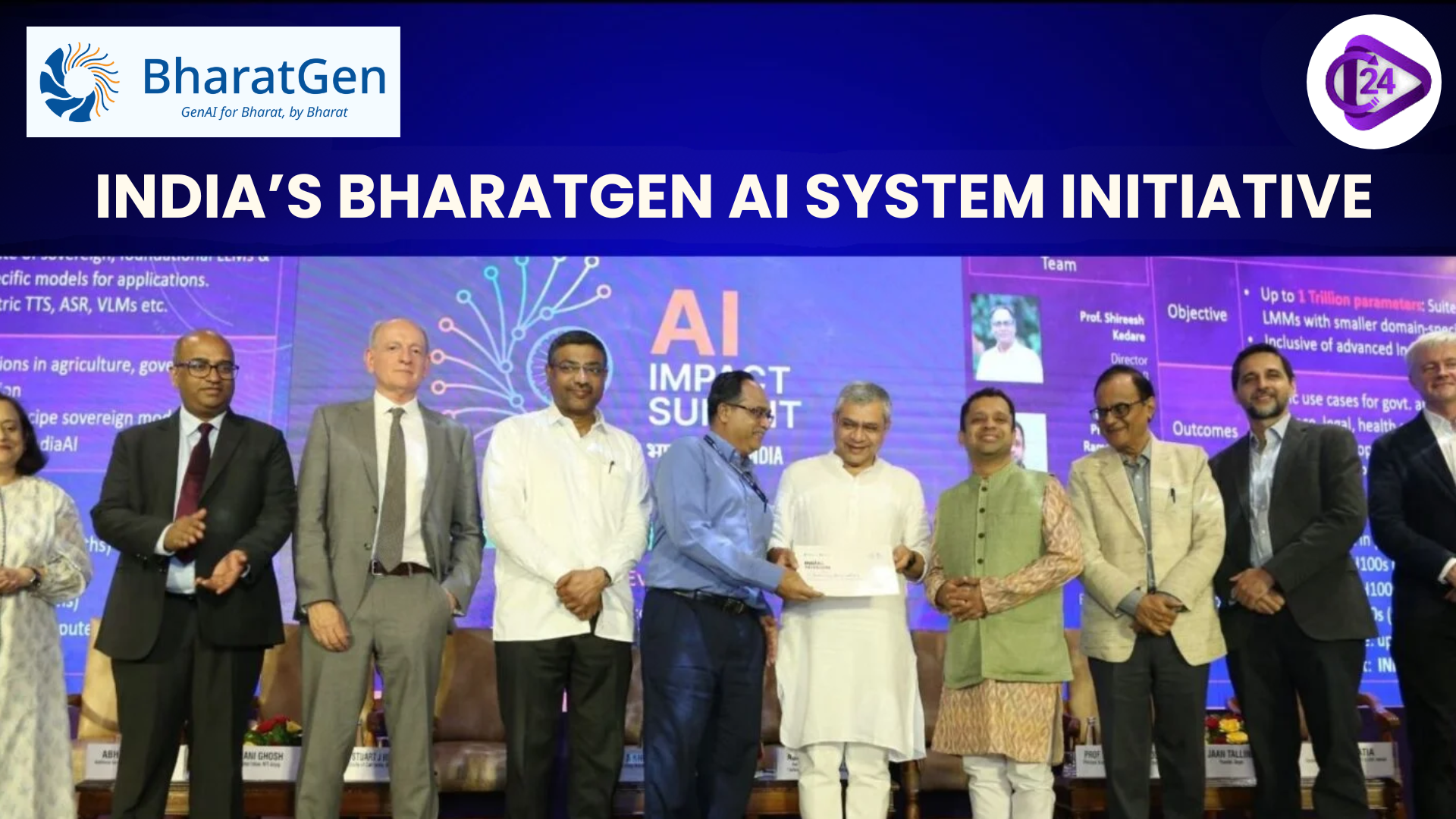 India’s BharatGen AI System Initiative
India’s BharatGen AI System Initiative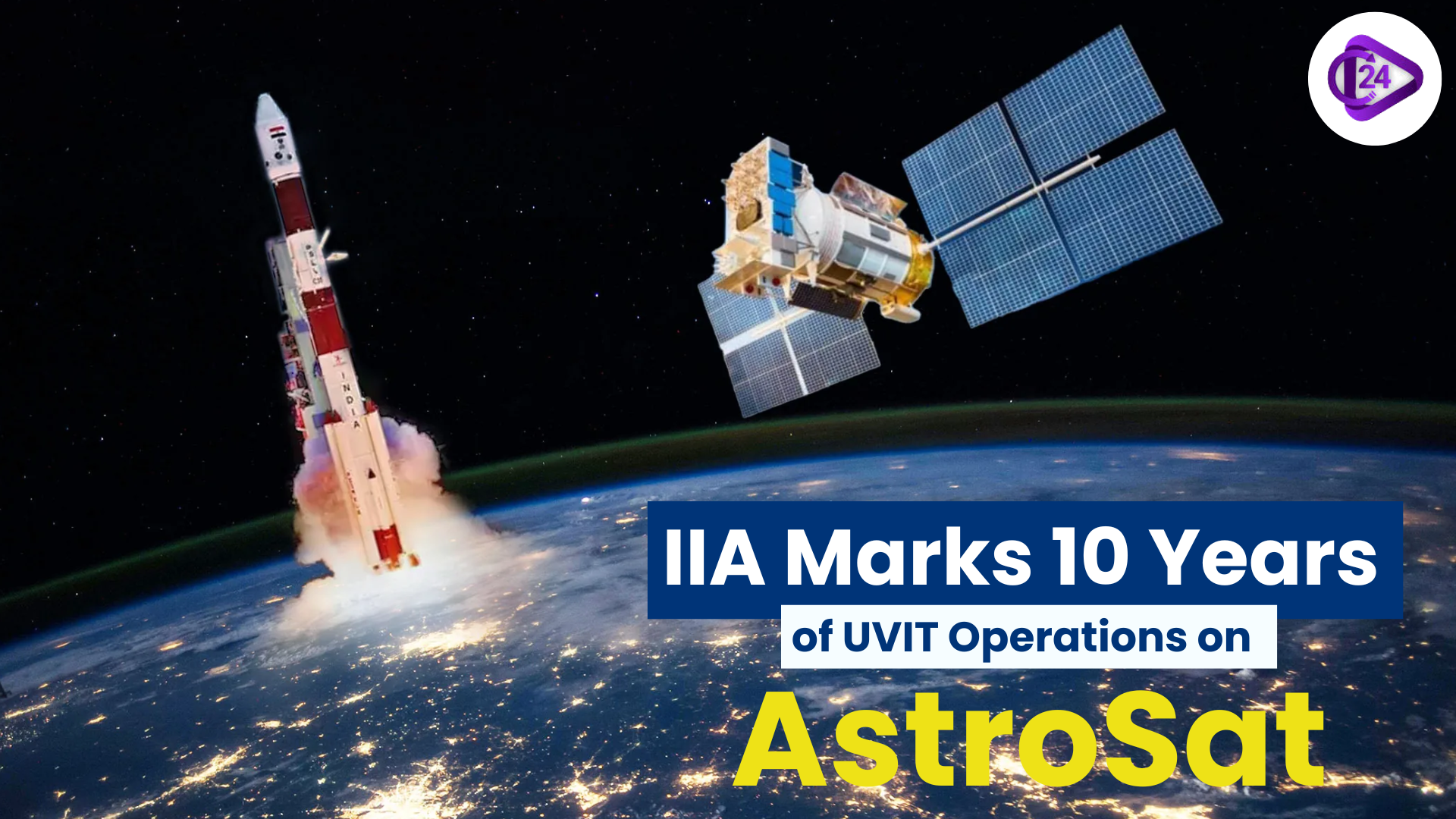 IIA Marks 10 Years of UVIT Operations on AstroSat
IIA Marks 10 Years of UVIT Operations on AstroSat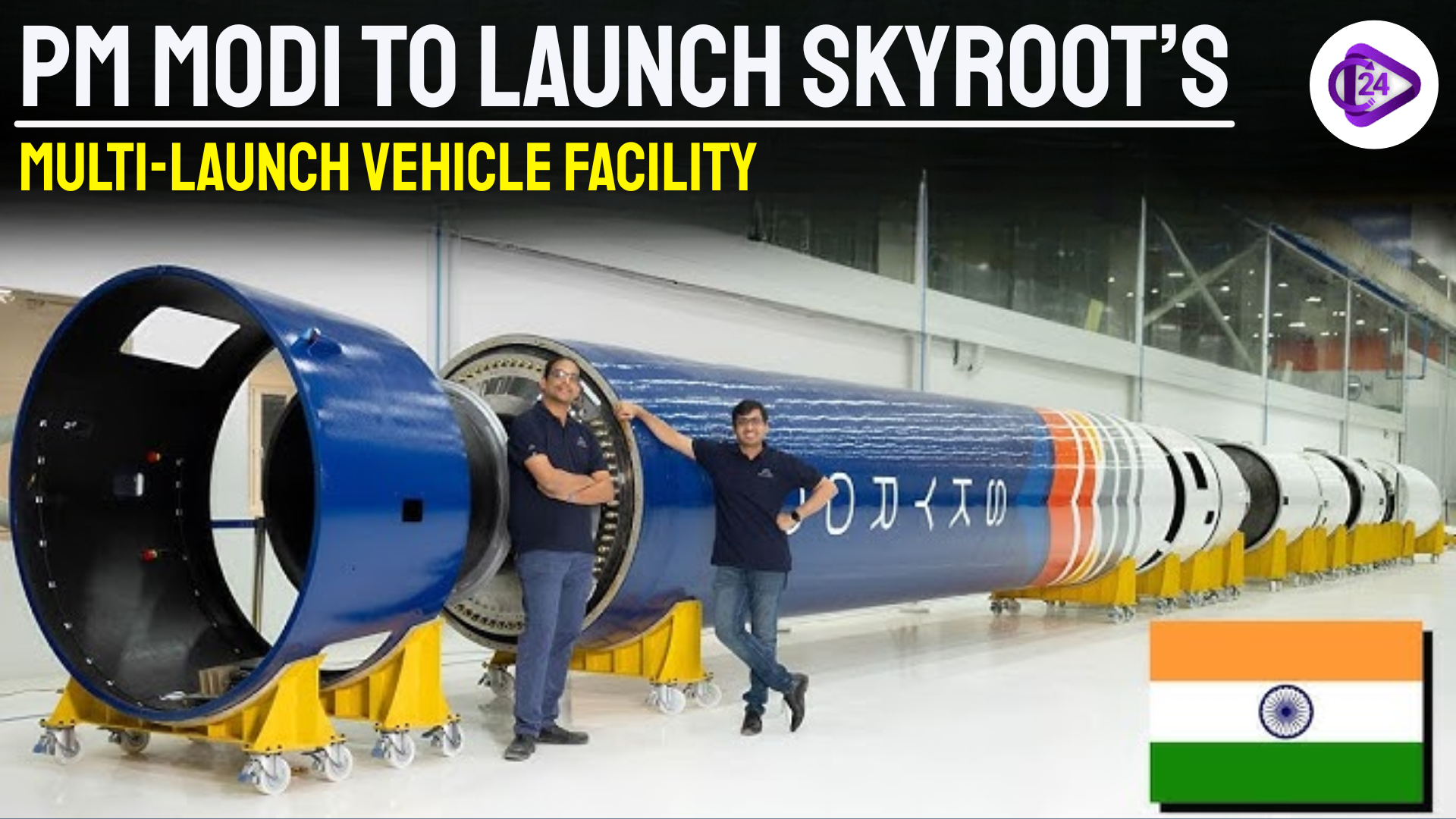 PM Modi to Launch Skyroot’s Multi-Launch Vehicle Facility
PM Modi to Launch Skyroot’s Multi-Launch Vehicle Facility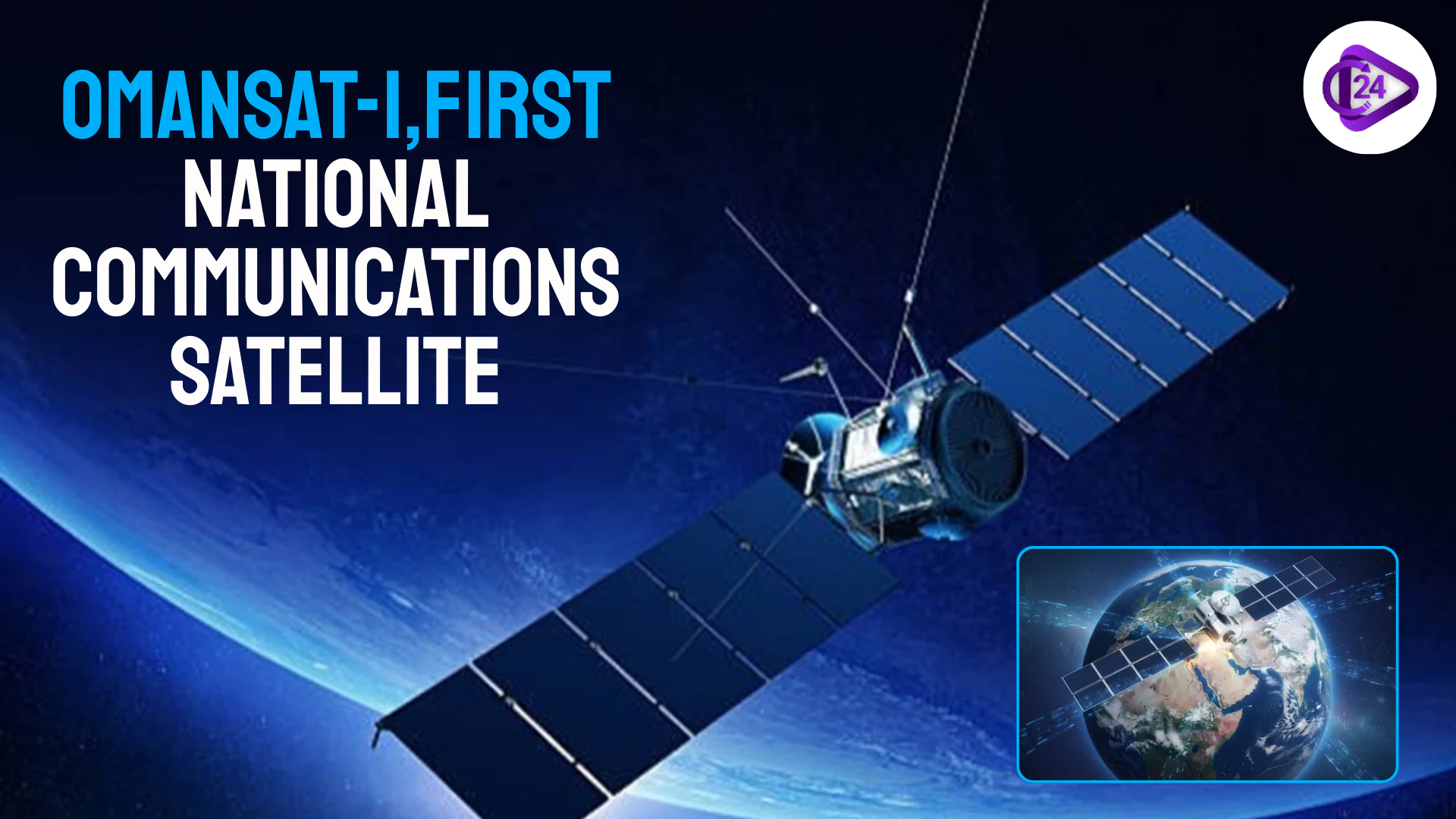 OmanSat-1 Oman’s First National Communications Satellite Launched Successfully
OmanSat-1 Oman’s First National Communications Satellite Launched Successfully India’s First Commercial PSLV to Propel Oceansat into Orbit Early Next Year
India’s First Commercial PSLV to Propel Oceansat into Orbit Early Next Year India’s First MWh-Scale Vanadium Redox Flow Battery Inaugurated at NTPC NETRA
India’s First MWh-Scale Vanadium Redox Flow Battery Inaugurated at NTPC NETRA Maharashtra Becomes First Indian State to Collaborate with Elon Musk’s Starlink
Maharashtra Becomes First Indian State to Collaborate with Elon Musk’s Starlink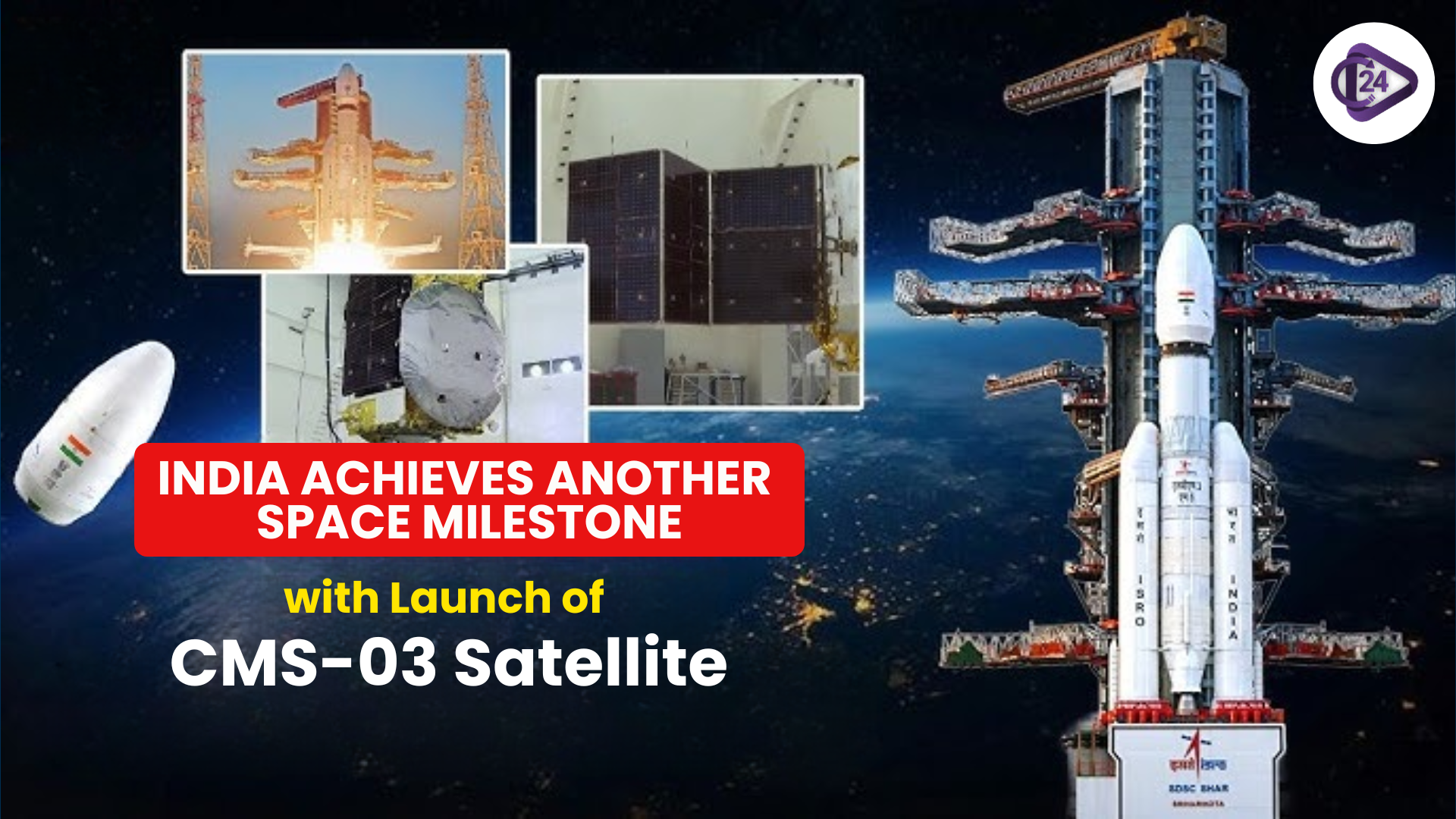 ISRO’s Bahubali Rocket Successfully Launches India’s Heaviest Communication Satellite CMS-03
ISRO’s Bahubali Rocket Successfully Launches India’s Heaviest Communication Satellite CMS-03 IIT Madras Develops India’s First Hybrid-Rocket VTOL for Controlled Soft Landing
IIT Madras Develops India’s First Hybrid-Rocket VTOL for Controlled Soft Landing






